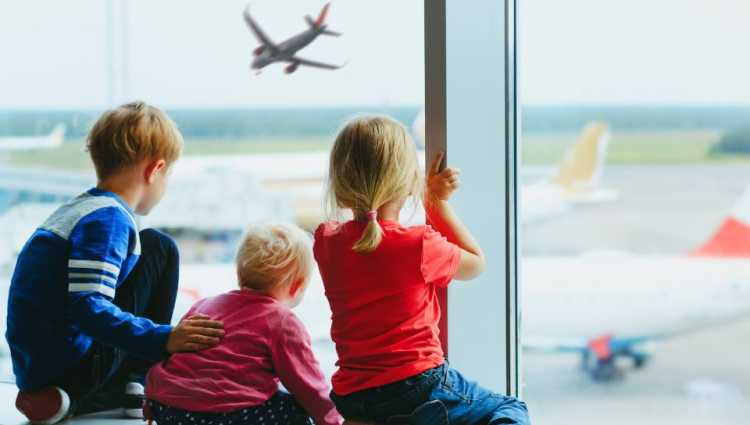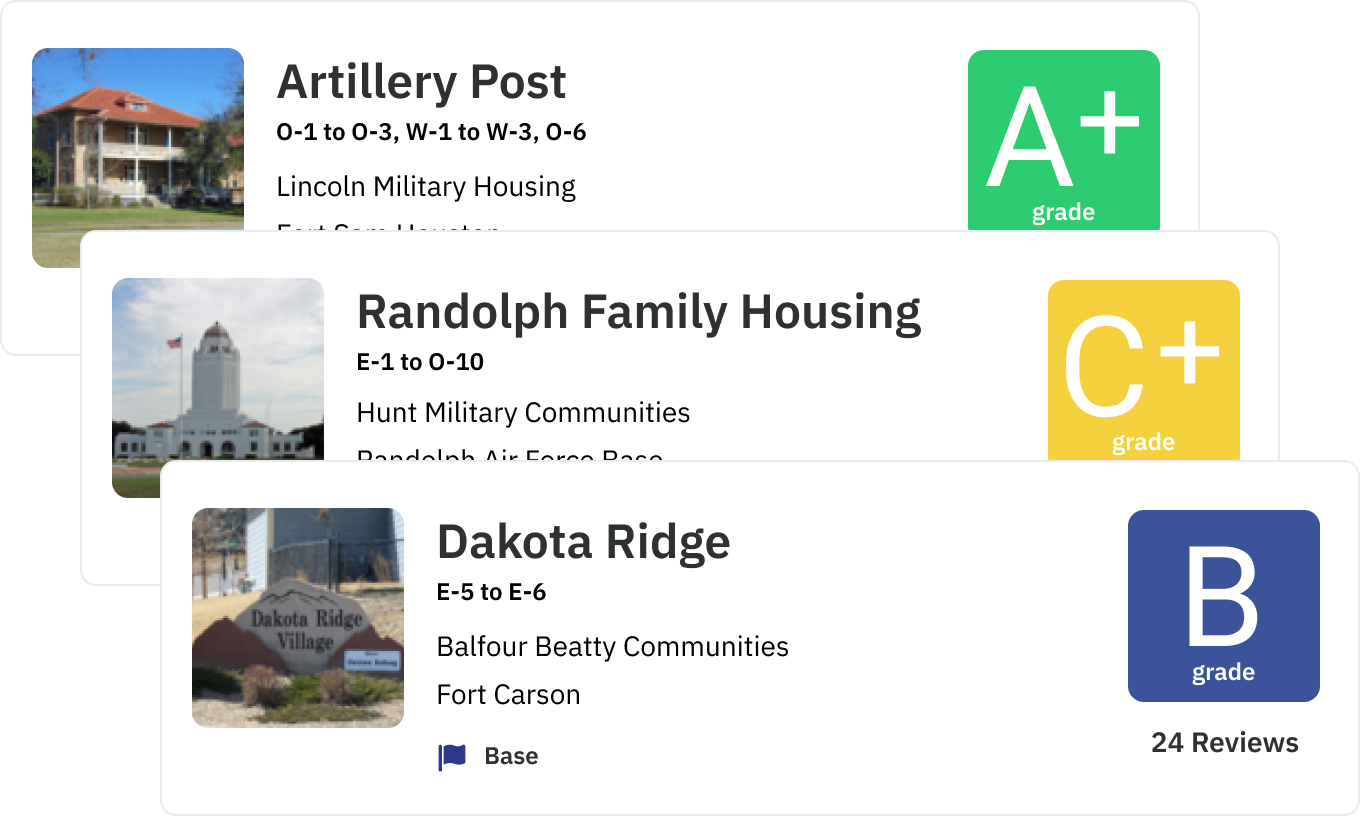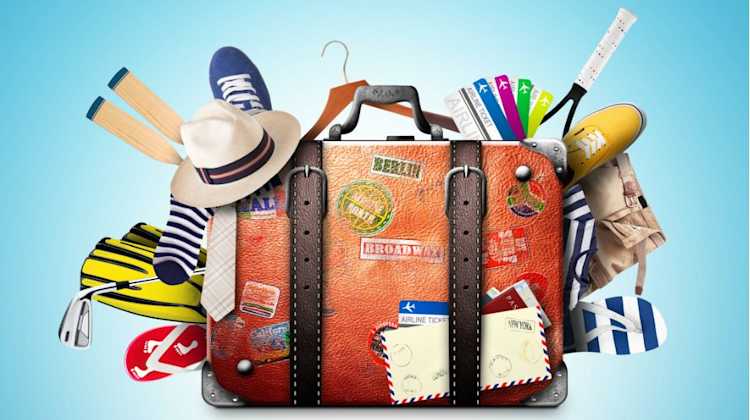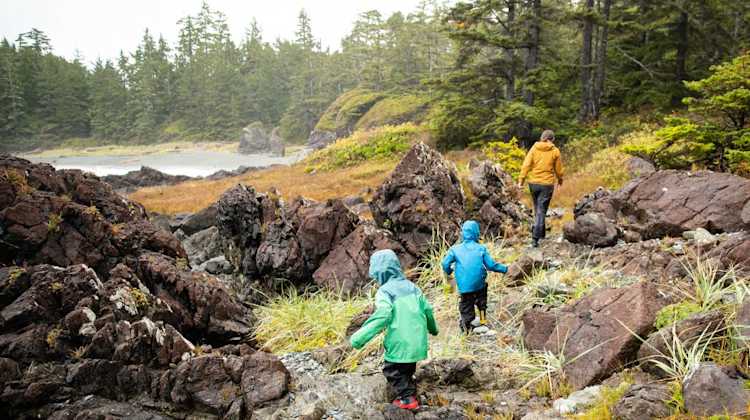11 Things to Know About Flying Space-A with Kids
by Stephanie Montague - June 2nd, 2022

If you’re new to Space-A flying, or you’re planning your first Space-A flight with kids – we’ve got you covered. Whether you are on a military rotator flight like the Patriot Express, or in a large military cargo plane, here are 11 important things you need to know about flying Space-A with kids!
Things to know about flying Space A with kids
Every passenger must have a seat.
All passengers traveling with you -- even babies -- need a seat. There is no such thing as a “lap child” on a Space-A flight, even if you plan to hold your baby the entire time. When signing up for a flight, be sure to include all children in the passenger count.
Everyone needs an ID, even kids.
All passengers aged 10 or older need a military ID card. Children younger than 10 need a passport or a MilConnect printout that shows their DOD ID number.
You can check car seats.
The Air Mobility Command recommends the use of car seats for children under the age of one, but they are not required. If you don’t want to use your child’s car seat on the plane, you can check it. Car seats are not included in your baggage count (which is two 70 lb. bags per passenger on most flights).
You can bring formula and breast milk.
Military passenger terminals follow Transportation Security Administration (TSA) guidelines for those liquids. Declare them before going through security screening.
Make sure you wear the right shoes.
Closed shoes are required on all aircraft except for the Patriot Express. (The Patriot Express operates just like a commercial airline.) That means no sandals or Crocs. Depending on the type of aircraft and where you’re sitting, the plane can be extremely cold or very warm. It’s more often the former but dress in layers just in case. Remember that you will not have access to your checked baggage – even if you can see it on the pallet in front of you – during the flight. Any clothing you may need has to be on your body or in your carry-on bag.
Keep an eye on your kids!
If you fly in a cargo plane, such as a C-17, it’s possible that there will be a lot of open space. You may be tempted to let restless kids run around, but it’s not a safe place for that type of play. The aircraft has buttons, switches, cables, sharp corners, heavy metal rods, tie-downs, ladders, ropes, and military equipment onboard. It can be very easy for a child to get injured or tamper with something he/she shouldn’t be touching. You can take advantage of the open space by stretching out and letting the kids play in the area near you, but keep in mind that you are hitching a ride with a military mission, and the safety and supervision of your children are your responsibility.
What to bring for kids on a Space A flight
Ear Protection
Many military aircraft are very noisy, and the flight crew provides ear protection for all passengers. They will give you a pack of foam earplugs that must be inserted into your ear. These earplugs aren’t always very comfortable or suitable for small children, so it’s better to bring your own ear protection for the kids. Headphones that connect to an entertainment option are a good choice, and some kids like earmuffs!
Entertainment and snacks.
Between the actual flight and the waiting in the terminal, be prepared for a lot of downtime. Make sure you have movies downloaded to your tablet, plenty of books, and portable games to keep the kids entertained. Also, don’t forget about snacks. You can purchase a boxed meal for less than $10 per person on most flights, but you won’t receive the meals until you’re onboard. Don’t count on the snack bar in the terminal to be open; the flight kitchen’s hours can be unpredictable.
Blankets and travel pillows
Bring blankets or a small sleeping bag for warmth and to help the kids sleep comfortably. Depending on the type of aircraft, passengers may be able to stretch out on the floor. In that case, having a small, easily inflatable air mattress is very helpful.
Tips for managing a Space A flight with kids
Look for another person to befriend.
Traveling by yourself with kids can be very challenging, but sometimes you don’t have a choice. In particular, many unaccompanied spouses fly Space-A while their sponsor is deployed or the family is stationed OCONUS. If you see other Space-A passengers traveling with kids, ask if they want to pair up. You can help each other by watching luggage while one parent takes a child to the bathroom, by sharing games and activities, or by offering moral support. Having a buddy to navigate the journey with you can make a huge difference!
Ask for help if you need it.
Space-A travelers are a friendly bunch. If you can’t find a travel buddy, don’t hesitate to ask other passengers for help. Whether they’re retirees (they generally offer help before you can ask) or other active duty families, someone will be happy to lend you a hand.
You’re ready to fly Space A with kids!
That’s a lot to remember, and flying Space-A with kids may seem daunting. With the right preparation and planning, it can be a much better experience than flying commercially. Keep in mind that you are avoiding one potential source of stress when flying on military planes: if your baby cries the entire time, you don’t need to worry about disturbing other passengers. Between the noise of the aircraft and the fact that everyone has earplugs, no one can hear it.






